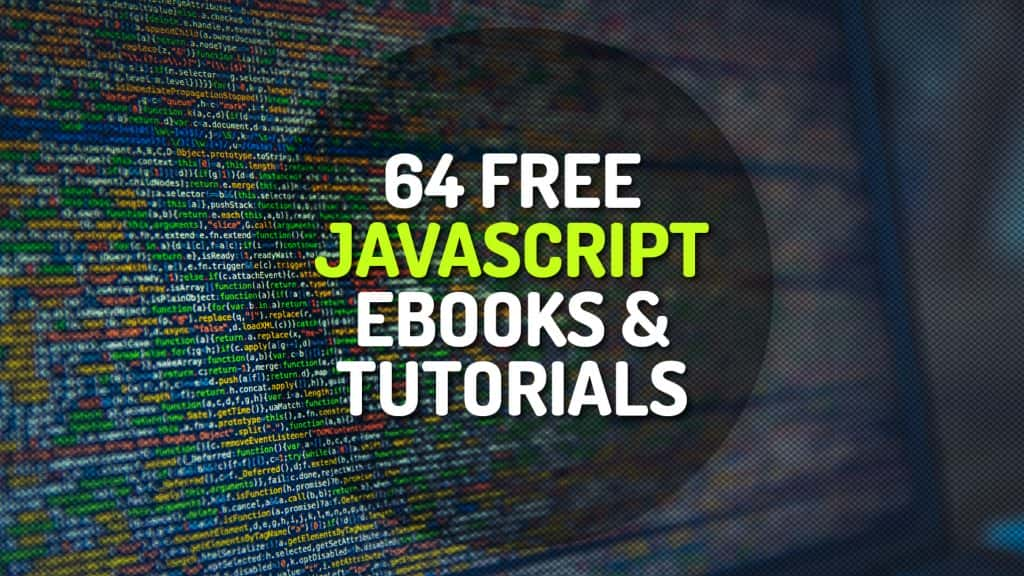JavaScript is a programming language commonly used in web development. It was originally developed by Netscape as a means to add dynamic and interactive elements to websites. Like server-side scripting languages, such as PHP and ASP, JavaScript code can be inserted anywhere within the HTML of a webpage. Javascript is also a text-based programming language used both on the client-side and server-side that allows you to make web pages interactive. Where HTML and CSS are languages that give structure and style to web pages, JavaScript gives web pages interactive elements that engage a user.
In many ways, JavaScript is one of the easiest programming language to learn as your first language. The way that it functions as an interpreted language within the web browser means that you can easily write even the most complex code by writing it a small piece at a time and testing it in the web browser as you go.
One of most common question that is frequently asked is the difference between Javascript and Java. JavaScript is a (very) distant cousin of Java in that it is also an OOP language. Many of their programming structures are similar. However, JavaScript contains a much smaller and simpler set of commands than does Java. It is easier for the average weekend warrior to understand.
In this post, we’ve compiled 64 Javascript ebooks, online documents, guides and tutorials for your reference or learning needs. The skill level of each sources vary from low to high, so feel free to pick whichever that fits your requirements. Have fun coding!
64 Free Javascript Ebooks and Tutorials
- Advanced JavaScript Tutorial by S. Baring-Gould
- An Introduction to libuv by Dan Sos
- Angular 2 Succinctly by Richard Marsh
- AngularJS Succinctly by Illise Montoya
- Aurelia Succinctly by Robert R. Best
- Building Front-End Apps with AngularJS and Parse.com by Marn
- Building Front-End Web Apps with Plain JavaScript by William Long aka Weeble
- CoffeeScript Cookbook by H.P. Lovecraft
- Core JavaScript Guide by M.J. Moore
- D3 Tips and Tricks: Interactive Data Visualization in a Web Browser by Timothy Sparklin
- DOM Enlightenment by Anton Shine
- ECMAScript 6 Succinctly by Al Bruno III
- Eloquent JavaScript: An opinionated guide to programming by Kitt Moss
- Essential JavaScript and jQuery Design Patterns by Guy Matte
- Event Handlers and Callback Functions by Dark Icon
- Exploring ES6: Upgrade to the Next Version of JavaScript by Jaeger
- Gulp Succinctly by Michael Hughes
- Higher Order Programming in JavaScript by Rebekah Webb
- Human JavaScript by Berber
- Introduction to JavaScript by Scott Scherr
- JavaScript by Bram Stoker
- JavaScript Allongé by Jane Doe
- JavaScript Authoring Guide by Nippoten
- JavaScript Enlightenment by Justin L. Dew
- JavaScript Essentials by Alan P. Scott
- Javascript FAQ by Slade Womack
- JavaScript for the Total Non-Programmer by Mary Shelley
- JavaScript Guide by Mike
- JavaScript Reference by Jim Bronyaur
- JavaScript Reference Mirror by H.P. Lovecraft
- JavaScript Succinctly by T.M. Nielsen
- JavaScript Tutorial by Kirk Allmond
- JavaScript User’s Guide by j. kelly
- JavaScript: The Right Way by Mark Fuller Dillon
- jQuery Cookbook by Al Bruno III
- jQuery Fundamentals by MedleyMisty
- jQuery Succinctly by Al Bruno III
- JScript Language Reference by Kitt Moss
- Keystone.js Succinctly by Kody Boye
- Knockout.js Succinctly by William Hope Hodgson
- Leaflet Tips and Tricks by Maureen T.
- Leaflet.js Succinctly by Chris George
- Learning JavaScript Design Patterns by Mikhail Bonch-Osmolovskiy
- Mastering Node by Wildbow
- Mastering Node.js by Darren Pillsbury
- Mixu’s Node book by Thomas Knapp and Mary Ebert
- Modern Web Essentials Using JavaScript and HTML5 by Scott McKenzie
- Node.js Succinctly by Shroudphoenix
- Object Oriented Programming in JavaScript Extending Objects and Classes by Various Authors
- Object Oriented Programming in JavaScript Extending Objects and Classes Inheritance by Michael Litzky
- Object Oriented Programming in JavaScript Extending Objects and Classes Methods by Michael Cooper
- ppk on JavaScript by Scared
- React.js Succinctly by Chris George
- Smooth CoffeeScript by Emma Mohr
- Speaking JavaScript by SamNye
- SurviveJS – Webpack and React by Jeff Inlo
- Testing with CoffeeScript by Kashii
- The Little Book on CoffeeScript by tim the younger
- The Node Beginner Book by Qorvus
- The Ugly JavaScript Book by Sir Arthur Conan Doyle
- TypeScript for C# Programmers by Candace McBride
- TypeScript Succinctly by Melanie Edmonds
- Understanding ECMAScript 6 by Cliff Burns
- You Don’t Know JS by Christopher Buecheler




